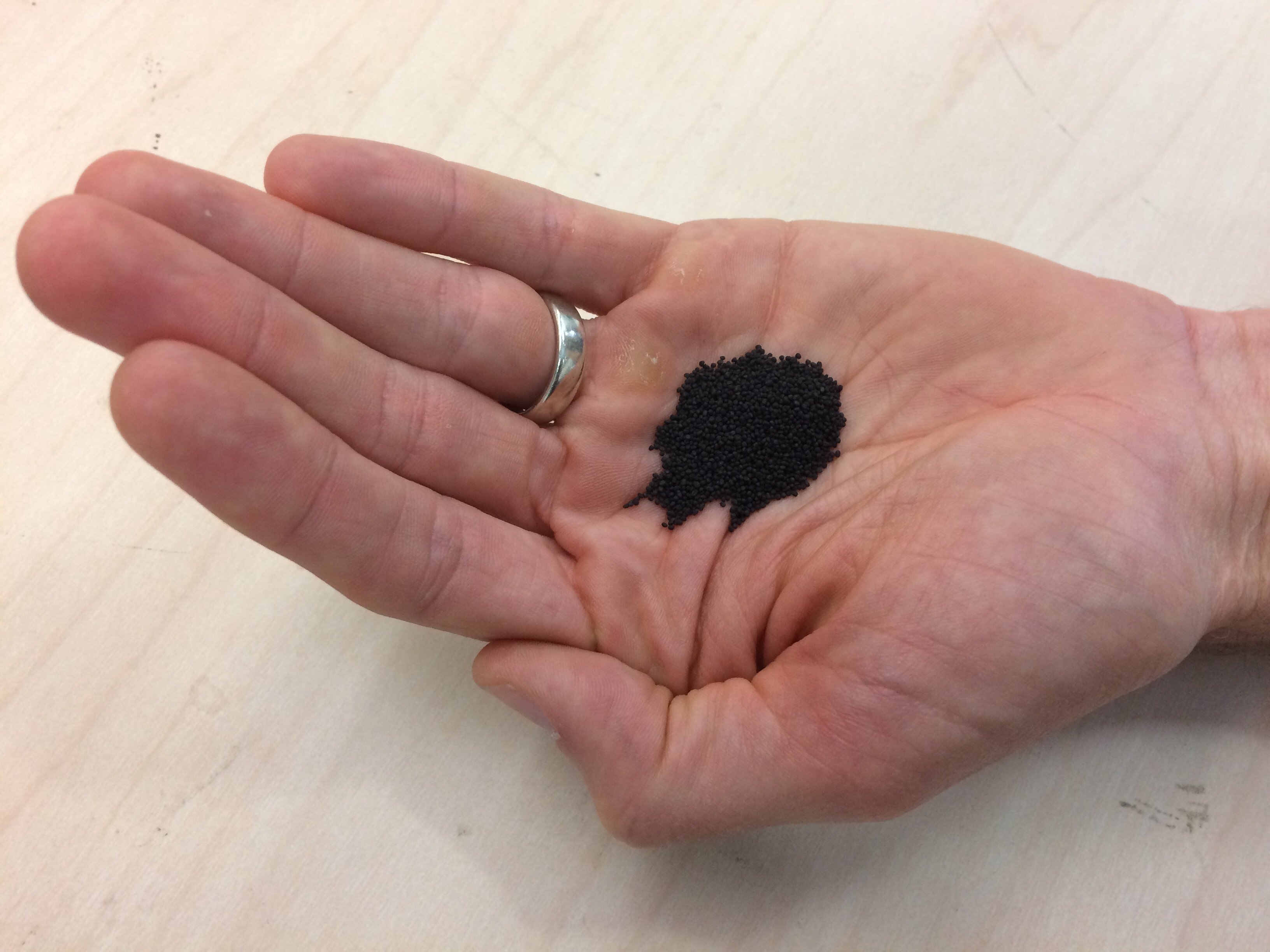Stormwater runoff is often worsened by human activities and can contain nitrogen and phosphorus pollutants from fertilizers, pet and yard waste. Because stormwater flows over hard surfaces directly into a water body or storm drain, there is no opportunity for soil and plants or a water treatment facility to filter out pollutants.
Now, scientists at the UC Berkeley have brought a new method to filter out the pollutants from stormwater. They have engineered a mineral-coated sand to remove contaminants from stormwater, potentially addressing the needs of water-stressed communities that are searching for ways to tap the abundant and yet underused source of fresh drinking water.
Scientists noted that the sand could help refine stormwater percolating into underground aquifers, making a protected and nearby supply of drinking water for parched networks.

Joseph Charbonnet, a graduate student in civil and environmental engineering at UC Berkeley said, “The way we treat storm water, especially in California, is broken. We think of it as a pollutant, but we should be thinking about it as a solution. We have developed a technology that can remove contamination before we put it in our drinking water in a passive, low-cost, non-invasive way using naturally-occurring minerals.”
“Directing stormwater through the sand into underground aquifers may be an ideal solution for gathering water in cities with Mediterranean climates like Los Angeles. Like giant rain barrels, aquifers can be filled during periods of intense rainfall and then store water until it is needed in the dry season.”
In order to create this coated sand, scientists mixed plain sand with two forms of manganese that react to form manganese oxide. This safe mineral ties to organic chemicals, for example, herbicides, pesticides, and the endocrine-disturbing bisphenol-A (BPA) and separates them into smaller pieces that are typically not so much harmful but rather more biodegradable.
Charbonnet said, “Manganese oxides are something that soil scientists identified 30 or 40 years ago as having these really interesting properties, but we are one of the first groups to use it in engineered ways to help unlock this water source.”
“I guarantee that you have some manganese oxide on your shoe right now because it is ubiquitous in the soil.”
Scientists tested the sand by relocating simulated stormwater, which contained a low concentration of BPA, through segments of the material. The covered sand at first evacuated about the greater part of the BPA, yet lost its viability after some time.
Be that as it may, the manganese oxide could be “recharged” by washing the sand in a solution containing a low concentration of chlorine. Reviving the sand reestablished the greater part of the manganese oxide’s underlying reactivity.
Charbonnet said, “If you have to come in every year or two and dig up this sand and replace it, that is incredibly labor intensive, so in order to make this useful for community stakeholders it’s really important that this stuff can be regenerated in place.”
Other co-authors of the paper are Yanghua Duan from the Department of Civil and Environmental Engineering and Case M. van Genuchten from the Department of Earth Sciences, Geochemistry, and Faculty of Geosciences at Utrecht University. This study is published in the journal Environmental Science & Technology.
